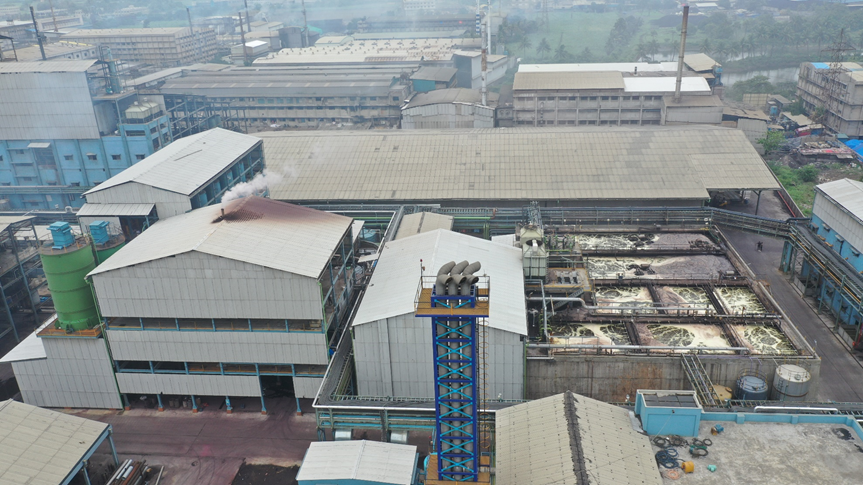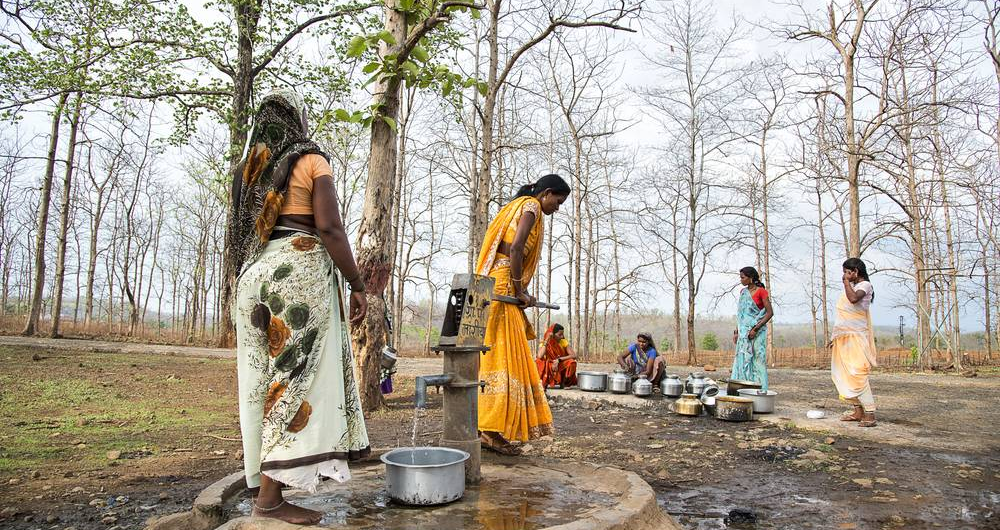By Harisaran Das
Outbreak of Jaundice Epidemic in Shimla in 2016 Jaundice epidemic, a waterborne disease broke out in Shimla city and adjoining areas in Himachal Pradesh during January 2016 which lasted till March 2016. It had rattled public health systems in the hill city. The Hospital of Indira Gandhi Medical College (IGMC), Shimla, had witnessed 60-70 cases of Jaundice patients per day in midJanuary which reduced to around 10 by end of February 2016. Over 1200 cases and two deaths were registered, though unofficial estimates put the number of cases at over 7000 including seven deaths. The outbreak had been understated since many people opted for private healthcare and also many rural cases went unreported. The reason of outbreak of jaundice in Shimla city during January 2016 was attributedto the contamination of Shimla’s water supply source at Ashwani Khud with the untreated sewage discharged from Maylana sewage treatment plant which is situated at the upstream of Ashwani Khud. The water source at Ashwini Khudwas also contaminated due to drainage of the domestic sewerage in the open as many houses neither had proper septic tanks nor were linked with the sewerage network.
To control the epidemic, the water supply from Ashwani Khud to Shimla city was stopped by end of January 2016 after National Centre for Disease Control (NCDC) and the Indian Council of Medical Research (ICMR)confirmedthat the source of the disease was the water supply from Ashwani Khud and the disease was caused due to hepatitis A virus. Two Sewage Treatment Plants (STPs) at Malyana and Dhalli, were built upstream of Ashwini Khud the source of water supply to Shimla. The treated wastewater from these sewage treatment plants along with other freshwater sources are collectedat the water-lifting station of Ashwini Khud and are supplied to Shimla after further treatment and chlorination. The investigation team found that the Maylana sewage treatment plant was not in proper working orderand was not treating sewage effectively. Manyof the equipments of the treatment plant were not working. The investigating team noted that one of thefilter pressin the treatment plant was nonfunctional,number of motors in the plant wereout of order, a clarifier was not in working condition, an aeration tank was dysfunctional, sludge disposal mechanism was improper and also there was no electricity backup for running the treatment plant, incase of power supply failure. A probe by a special investigation team headed by an ASP-rank officer led to the arrest of 10 people, including six officials of the irrigation and public health (IPH) department and the contractor running the sewerage plant that contaminated drinking water supply. Prior to 2016, therewere three major outbreaks of jaundice epidemic in the region.First jaundice outbreak reported in the year 2007, second jaundice outbreak reported in the year 2010 and the third jaundice outbreak reported in the year 2013. The reason for outbreak of the above 3 jaundiceepidemic believed to be the setting up of the above two sewage treatment plants (STPS) in Malyana and Dhalli which discharge heated wastewater into the Ashwani Khud, the source of water supply to Shimla.
Outbreak of Jaundice Epidemic in Sambalpurin 2014-15:- It was reported that 2945 cases of Jaundice occurred in Sambalpur Town and adjoining areas in Odisha between mid-2014 and Feb 2015. The reason for the outbreak of Jaundice in Sambalpur Town was attributed to the damaged drinking water supply pipelines at several places due to which the wastewater was getting mixed with the drinking water supply. The situation was brought under control after damaged pipelines were replaced with new pipelines. Similarly during the above period outbreak of jaundice epidemic reported in Cuttack city in Odisha due to damage of drinking water supply pipeline at Several places nand mixing up wastewater with drinking water through the damaged pipeline. The situation was brought under control after replacement of the damaged drinking water supply pipelines. Observation The above case studies indicate that the water borne diseases can be avoided by preventing mixing up drinking water with wastewater. The outbreak of jaundice in Shimla could have been avoided if proper treatment of sewage could have been done before itwas disposed to the nearby water body, which also serves as a source of water supply for the locality. Similarly the outbreak of jaundice epidemic in Sambalpur town and Cuttack city in Odisha could have been avoided if water supply pipeline would have been maintained properly so that the wastewater should have not been sucked into the drinking water supply pipeline. (The above case studies are prepared on the basis of newspaper reports).





